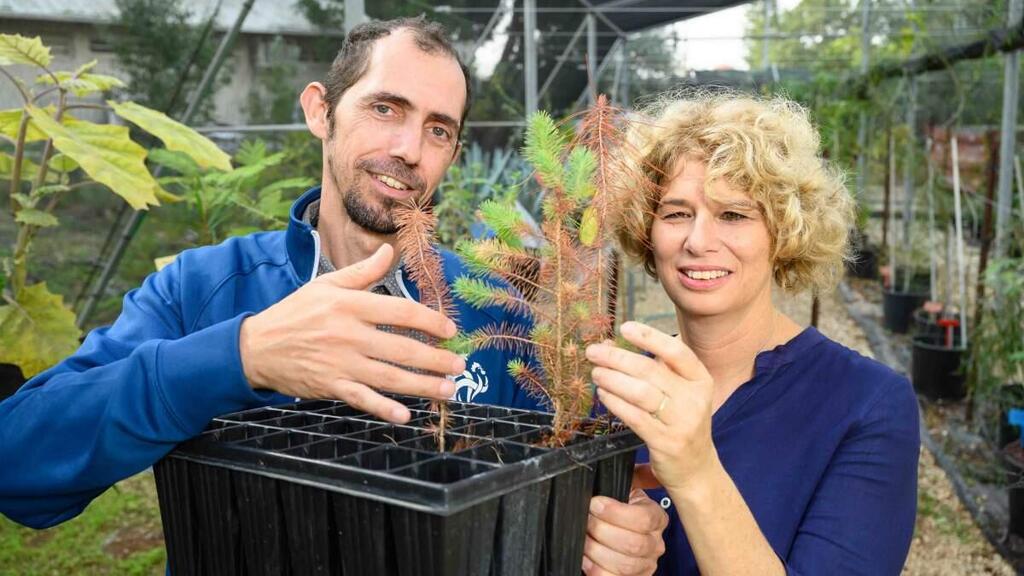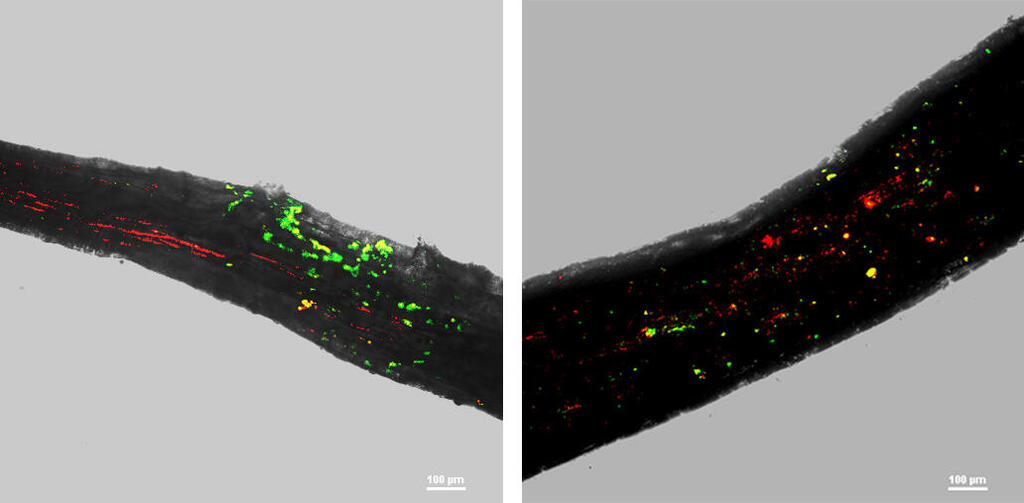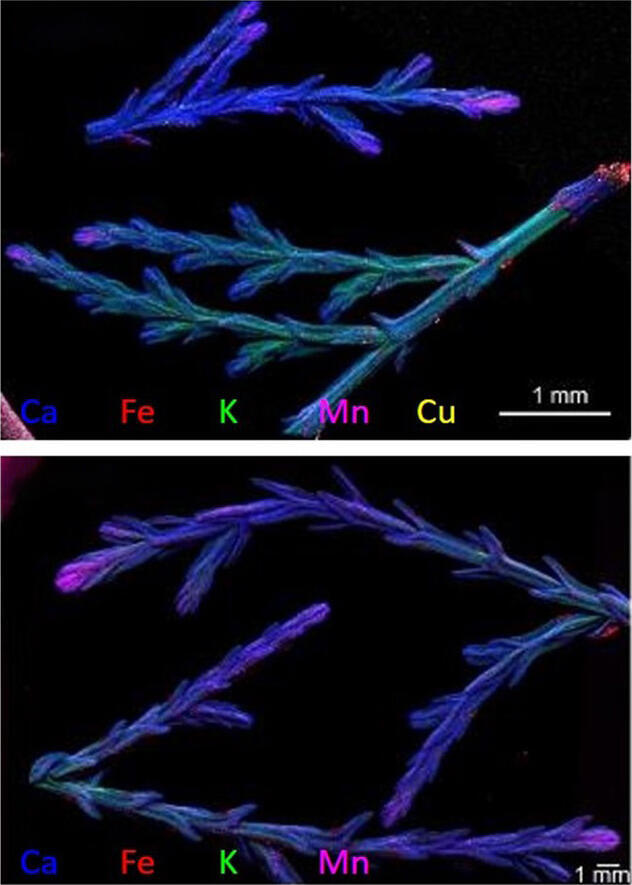Getting your Trinity Audio player ready...
Scientists at the Weizmann Institute of Science's Plant Sciences Department made a significant discovery regarding the resilience of cypress trees in drought conditions.
Read more:
The study revealed that these trees form a cooperative relationship with soil-beneficial bacteria, which assists them in not only surviving but also flourishing during periods of water scarcity. This newfound understanding sheds light on the remarkable ways in which nature adapts to challenging environmental conditions.
3 View gallery


Dr. Tamir Klein and Dr. Yaara Oppenheimer-Shaanan researched the resilience of cypress trees in drought conditions
(Photo: Weizmann Institute of Science)
“Our study might have supplied the best evidence so far that trees and bacteria can really coexist symbiotically,” says Dr. Tamir Klein, head of the research team. “This has huge ecological significance.”
In the most recent study, Dr. Yaara Oppenheimer-Shaanan, a microbiologist in Klein's lab, led a research team that investigated the interactions between cypress trees and beneficial bacteria found in forest soil. During the month-long experiment, cypress saplings were cultivated in custom-made boxes filled with forest soil, which were placed in a greenhouse at the Weizmann Institute of Science.
The researchers divided the cypresses into two groups: one group received regular watering, while the other group was deprived of water. In each of these groups, half of the cypresses were exposed to soil bacteria collected from the Harel Forest, the natural habitat of these cypresses. This study sheds light on the dynamic relationship between cypresses and soil bacteria, revealing intriguing insights into their ability to survive and thrive in drought conditions.
3 View gallery


Fluorescence and bright-field imaging reveals that during drought, left, a tree root is more densely colonized by two beneficial bacteria
(Photo: Weizmann Institute of Science)
In a comprehensive examination, the research team explored the intricate interactions between the cypress trees' roots and the soil-beneficial bacteria, utilizing various scientific methods. These methods included analyzing the trees' physiological responses to dryness, conducting bacterial counts, visualizing bacterial colonies in the root zones using fluorescent markers, studying the compounds released by the seedlings through their roots, and assessing the mineral composition of the cypress foliage.
By adopting a multidisciplinary approach encompassing microbiology, plant physiology and organic chemistry, the researchers made a surprising discovery: an underground cooperation between the trees and the soil bacteria. Remarkably, the bacteria aid the trees in coping with water scarcity, while the trees reciprocate by providing beneficial secretions to support the bacteria. This intricate symbiotic relationship sheds new light on the resourcefulness and adaptability of these cypresses, offering valuable insights into the natural world's fascinating mechanisms.
The rate of secretions from the roots was more than doubled in trees that were exposed to bacteria, compared to trees that were not, in both the irrigated cypress group and the group growing in drought conditions. In addition, the scientists identified some 100 compounds in the secretions, including phenolic and organic acids, and the concentration of nearly half of these compounds differed significantly between the irrigated trees and those that suffered from a lack of water.
“When we added nine of the compounds to the bacteria, as sources of carbon and nitrogen, eight of them encouraged bacterial growth,” Oppenheimer-Shaanan says. “This is evidence that the secretions are a source of food for the bacteria.”
Overall, the study’s results suggest that the health of trees improved as a result of interactions with the bacteria. Moreover, during a drought, the cooperation between trees and bacteria offset the negative impact of the lack of water. The availability of phosphorus in the soil was maintained only for cypresses that were exposed to the bacteria, and this availability made up for the decrease in the levels of phosphorus and iron measured in the foliage of cypresses grown under drought conditions.
3 View gallery


Distribution of minerals and metals in the leaves of cypress saplings that were irrigated (top) or grew under drought conditions (bottom). During drought, the levels of iron and certain other elements drop significantly
(Photo: Weizmann Institute of Science)
A complete forest dictionary
Klein hopes that these research findings will advance our knowledge of forest ecology and the understanding that trees engage in much more extensive cooperation than was previously believed. On the applied level, the findings may have important implications for improving soil health and learning how to support plants that are under stress owing to a lack of resources. For example, recruiting specific bacteria could help to improve tree and forest health and build greater ecological resilience and stability.
“The next step is to determine the exact contribution of each bacterium or each group of bacteria, and which bacteria benefit which trees,” says Oppenheimer-Shaanan.
“This is only the beginning,” says Klein. “The more we learn about these interactions, the more we will be able to formulate a comprehensive and accurate dictionary, and this should allow us to arrive at desired results, or prevent unwanted ones, in taking care of our forests.”
Dr. Tamir Klein is the incumbent of the Edith and Nathan Goldenberg Career Development Chair

